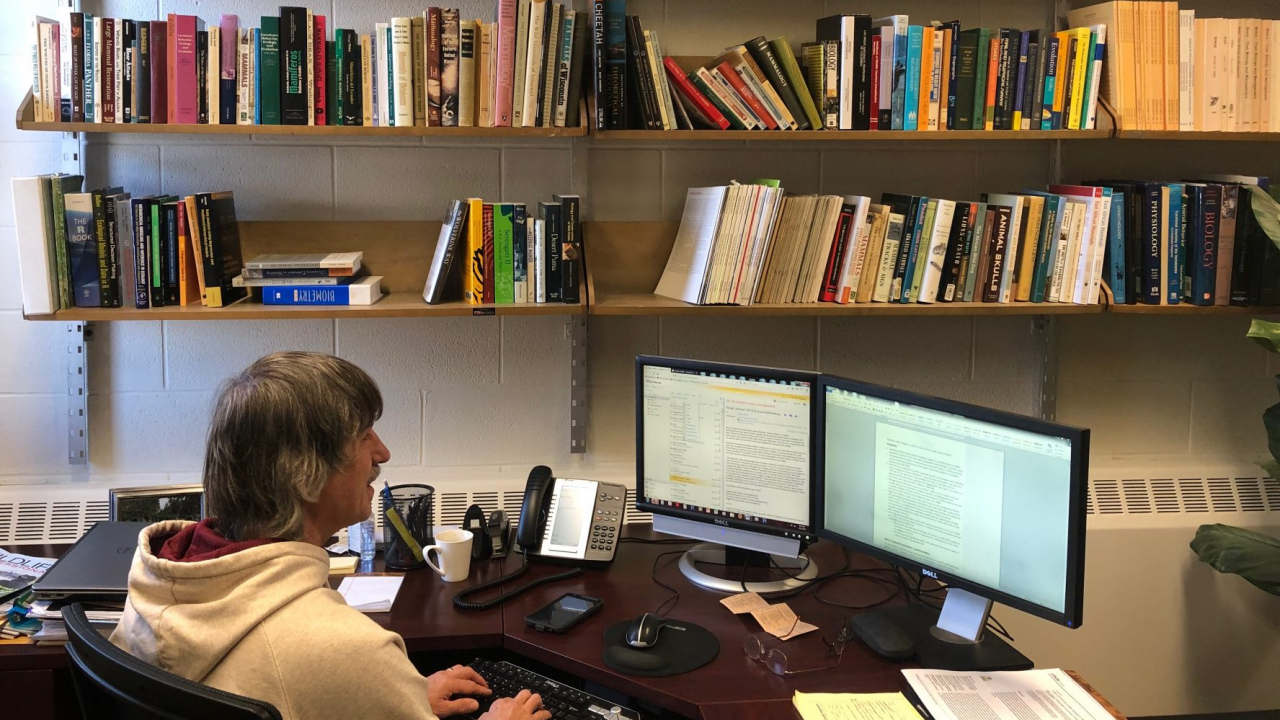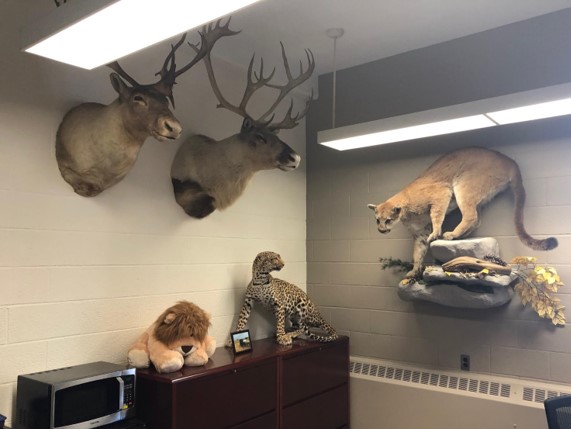
By Cole Weinstein SYRACUSE N.Y. (NCC News)
A study out of the SUNY College of Environmental Science and Forestry examined the impact that humans have on vertebrates or animals with spines. The research found that around 12,000 of the approximately 43,000 dead vertebrates were killed at the hands of humans since 1970. That means that over a quarter of all dead animals in this study were killed directly at the hands of humans.
Advisor on the study, Jerrold L. Belant, says a goal of the study was to show the effect humans have on the planet to the public.
“We simply wanted to alert the world relative to the effects we’re having. We talk about a lot of indirect effects; climate change is a huge topic,” said Belant.
Belant says the study exists not as a way to measure dead vertebrates, but instead to show a big picture look at human impact.
“It’s not even so much a trend, it’s a point in time if you will like a snapshot, but what it demonstrates numerically that we are having a larger impact than any other species, worldwide,” said Belant.
Despite exact numbers not being the focal point of the study, Belant says the percentage of human-impacted deaths would have been even higher had indirect effects counted as human impact.
“Because we are only looking at direct human-caused mortality not indirect,” Belant said. “For example, alteration of habitat or land use change could and has been demonstrated to result in increased vulnerability of some species to predation risk.”
Travis DeVault, the second advisor on the study, agrees with Belant.
“It could be that humans are actually having a bigger influence on some of these groups then what this data shows,” said DeVault.
Devault used the example of feral cats. Despite being introduced by humans, when a feral cat killed an animal in the study it was marked as predation or a natural cause rather than a human cause.
While the information in this study is new, the value of this research is where it leads next. The study totals to more than 120,000 vertebrates and can be used to answer more specific questions about human impact on the planet.
Postdoctoral researcher at ESF, Jacob Hill is using the data he found in the study to explore the impact that government protected land has on the death rate of vertebrates. He wants to see the difference in death rates when vertebrates are on private land with no protection as opposed to government land with limitations on human impact.
“We’re just seeing whether or not in given an area if protected area status influences whether or [not] the amount of mortality that occurs.”
While he is unsure if he will explore further, Hill says he is able to use the data to narrow his focus to specific species.
For DeVault, the next step is specificity.
“I think there’s a lot of detail left in the data set that can be analyzed,” DeVault said. “It’s possible to dive deeper into specific mortality factors for certain groups of animals. So yeah, I think we have some work ahead of us.”
This study was able to give a big picture look at how humans impact the planet, but rather than be set in stone, the data is being added to.
“Wildlife researchers have been doing radio telemetry studies for decades but there hasn’t been a real wide-ranging synthesis of this data and I think this study is just the beginning. The data sets that we have now can be used to address a variety of questions,” said DeVault.






